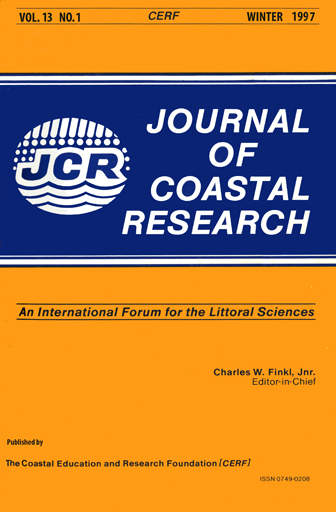Tides, Waves and the Super-elevation of Groundwater at the Coast
Keywords:
Coastal watertable, beach face, runup infiltration, groundwater seepage, unconfined aquifer, coastal discharge, numerical simulationAbstract
The action of tides and waves results in a net super-elevation of the mean groundwater surface above the elevation of mean sea level at the ocean boundary to unconfined coastal aquifers. A comprehensive review is presented of recent analytical, laboratory and field research that investigates ocean-groundwater interactions at the coast. Groundwater over-height is shown to be a function of three principal factors: (1) the sloping beach face favoring vertical infiltration relative to horizontal outflow, (2) a 'decoupling' between the ocean and watertable around low tide, and (3) wave setup and runup further elevating the region of ocean infiltration above the elevation of the tide. To exemplify the practical significance of groundwater over-height in the coastal zone, results are presented from a three month monitoring of the fluctuating groundwater profile within a narrow coastal aquifer (north coast New South Wales, Australia). The mean watertable on the upper beach face stood at over 1.2 m above mean sea level, rising to 2.0 m during a period of coincident spring tides, storm waves and rainfall. This elevation was sufficient to temporarily reverse net seaward groundwater discharge. Fourier analysis and cross-correlation assist to distinguish the role of tides in maintaining groundwater super-elevation, from the role of storm waves in further raising the coastal watertable for periods of 2 to 3 days. The results of a simple numerical simulation demonstrate that estimated rates of groundwater discharge at the study site were halved when the effects of tides and waves were incorporated in the definition of the ocean boundary.


